It’s 1918. It’s a turbulant time to be alive. The first World War has ended. Germany has surrendered and Kaiser has stepped down.
Shortages of food due the Allied blockade of Germany cause riots in Berlin. Here is a butcher shop looted in 1919…(thanks to Histomil.com)
Amid the chaos, most normal people want to get on with their lives. Businesses reopen, public services resume, life slowly returns to some semblance of normal, whatever that is…
Against this dramatic backdrop, there is a brass instrument maker in Berlin, Albert Kley. While he is known to us mostly for his fine double horns (compensating double) he obviously at some point, found the time to make an F tuba. For whom and why remain a mystery, but from the tuba itself we can scratch out a few clues. Before I go into this, a bit more background on Kley:
He lived from 1870-1935 where he died in Berlin. He studied with Carl Friedrich Schmidt in Weimar from 1888. Between 1895 to 1906 he worked for G.Eschenbach in Berlin He became independent and opened his own shop in 1914 where he worked till his death in 1935. As previously mention, he specialized in doublehorns, photos of which can be found on the horn-copia site.
http://www.horn-u-copia.net/instruments/Kley/Kley-French-horn-double.jpg
As far as my personal knowledge goes this is the only tuba by Kley that I’m aware of(would love to hear from you if know of another!). It’s an F-Tuba built in the then fashionable Wiener Style with 3 valves for the left hand and 3 valves for the right hand.
The left hand valveset consists of:
1st valve-whole step
2nd valve-half step
3rd valve-short whole step
The lower valve set works a bit differently…
the 6th valve is equivalent the 4th valve of a modern F-tuba, as in it lowers the bugel a perfect 4th, from F to C.
While they can be used independently, the 4th and 5th valve are intended to be used with the 6th valve. The 4th valve is a whole tone but for a C-Tuba. The 5th valve is a half tone for a C tuba. So basically one depresses the 6th valve, putting the tuba in C, and then the 5th and 6th valve can be used as on a C Tuba…takes some getting used to, but it’s easier than it sounds.
Notice the odd main tuning slide brace(like a german rotary trumpet tuning slide brace) and the weird cut brace on the slide leg.
It looks even cooler from the drivers seat.
While it’s classified as a Wiener model of F tuba, one quickly recognises the lineage to the earlier Berlin tubas from Moritz and contemporaries workshops.
Playing characteristics:
like the previous Weidlich entry, no one will confuse this tuba for a modern instrument. At first i thought it was quite an awful instrument, intonation wise until i found an original mouthpiece (Bass trombone shaft) which works great. After a few weeks of practice, the fingering system becomes 2nd nature and with 6 valves one always has a few options at hand. The low range is surprisingly good, better than most modern F tubas. The sound is transparent yet projects.
So who ordered and used this tuba? Like I said earlier, we don’t know, but again there are a few small clues. First of all, a Wiener style tuba at the time was not cheap. We don’t know what this one cost, but looking at price lists from other german and austrian makers shows the Wiener tuba to carry a premium price. Second, this was not owned by the military or an organization. The only engraving on the bell is of the maker’s name, no military unit number or service number to be found. And there is no evidence of any ‘lost’ plate on the bell or anywhere else. Was it for a rich private musician? Perhaps an orchestral musician? Hopefully a photo of the instrument with its player will someday turn up, shedding further light on this mystery.
Specs:
Wiener Tuba in F
finish: unlacquered brass.
ca.1914-1935 (although due to the engraving style, closer to 1914 than 1935)
Height 88cm
Bell diameter 28cm
6 rotary valve (Wiener fingering system 3+3) 16mm Bore, clockwork springs.
- whole tone
- half tone
- short whole tone
- whole tone(C Tuba)
- half tone (C Tuba)
- perfect fourth
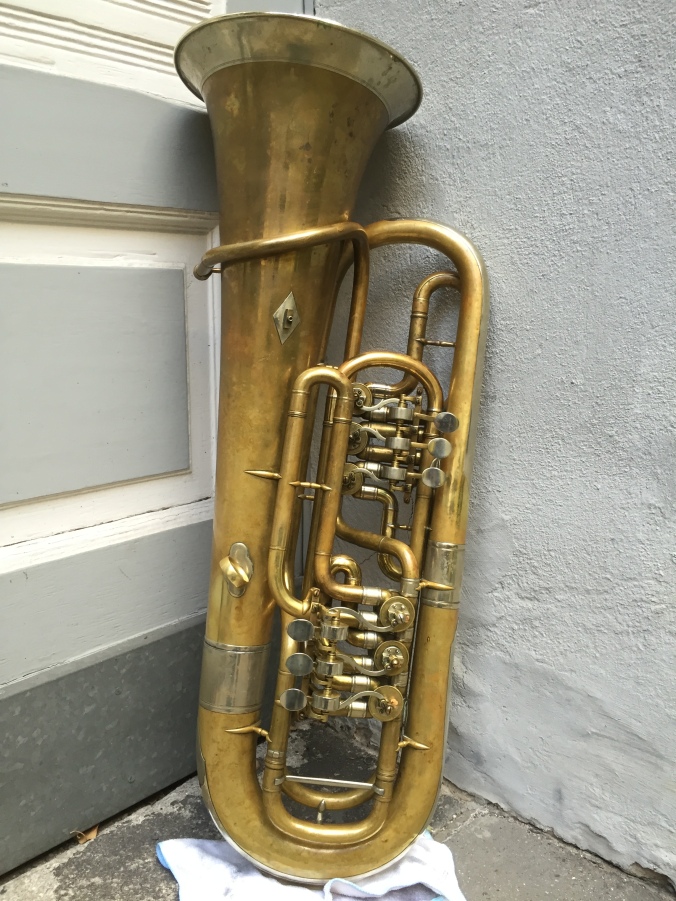
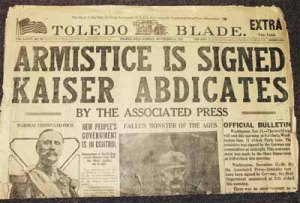

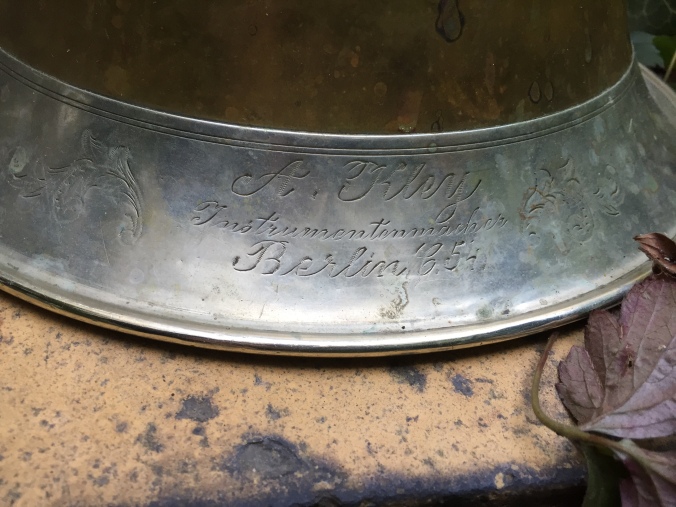
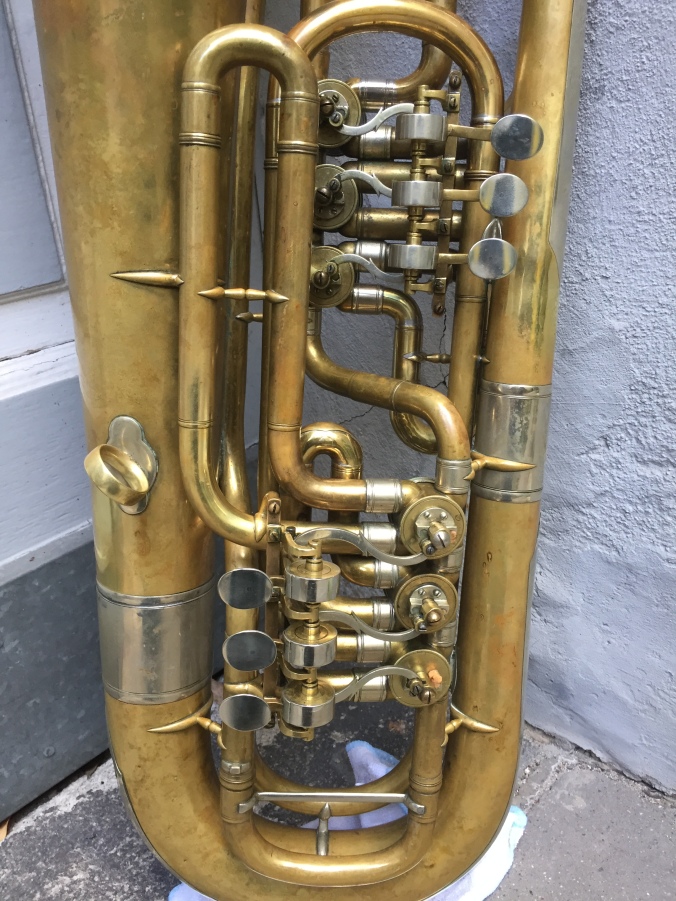
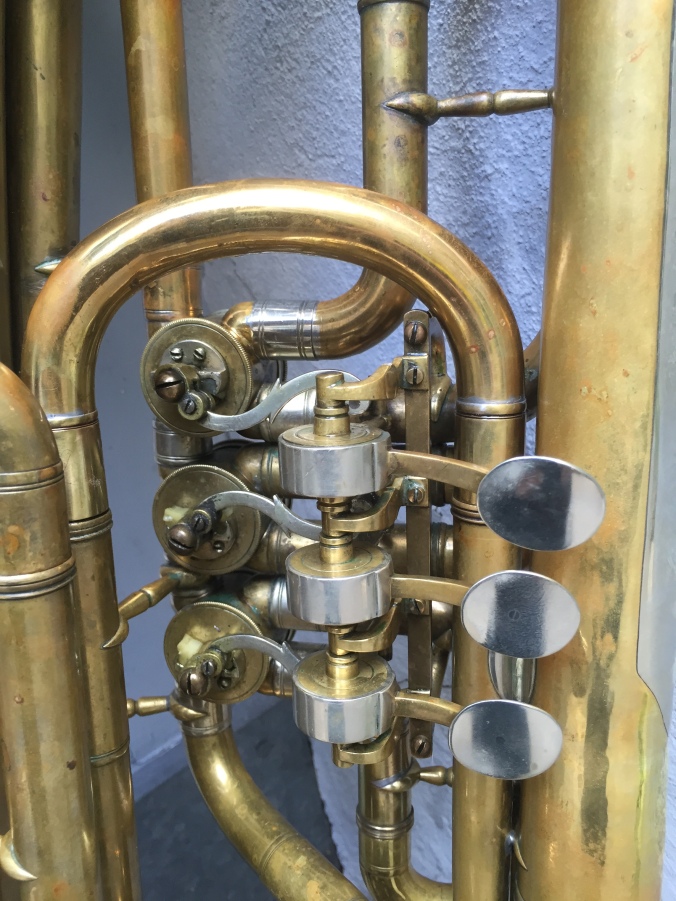
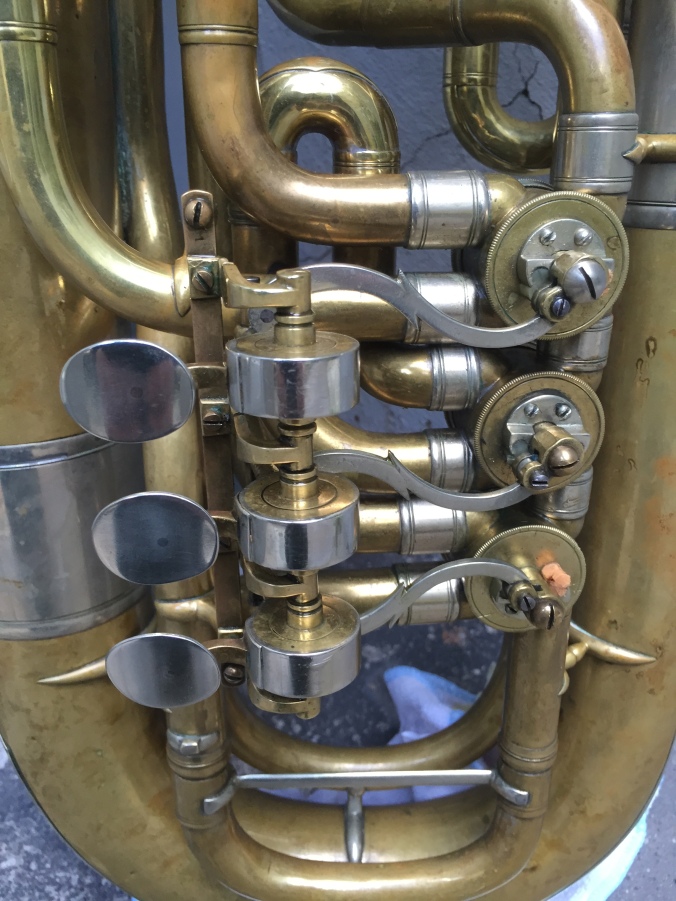


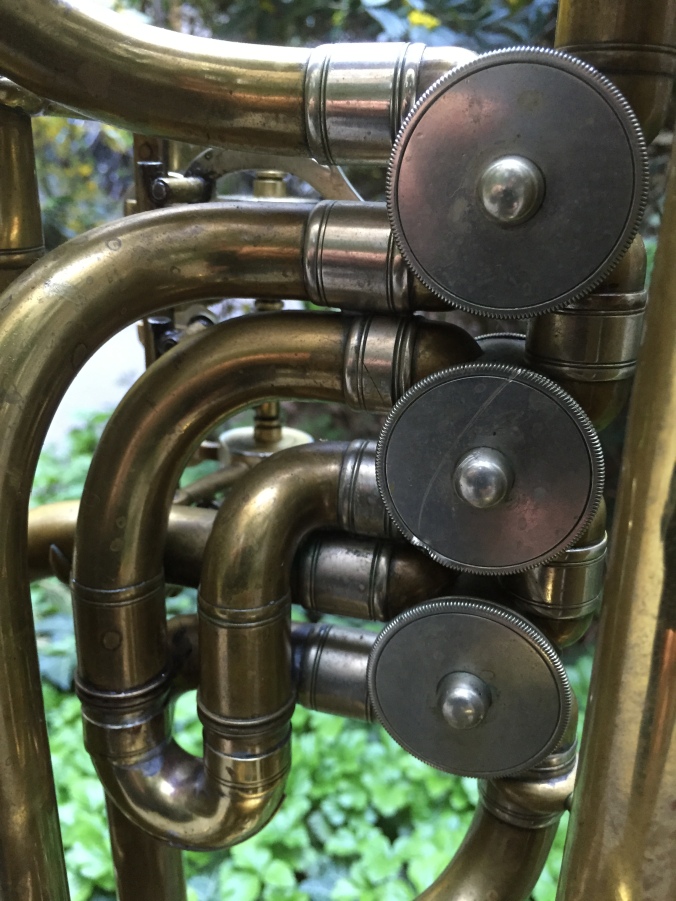

Dear Sir. i stumbled across your page while searching for information
on the A.Kley tuba i found. are you interested in photos of the instrument?
Greetings from Cologne